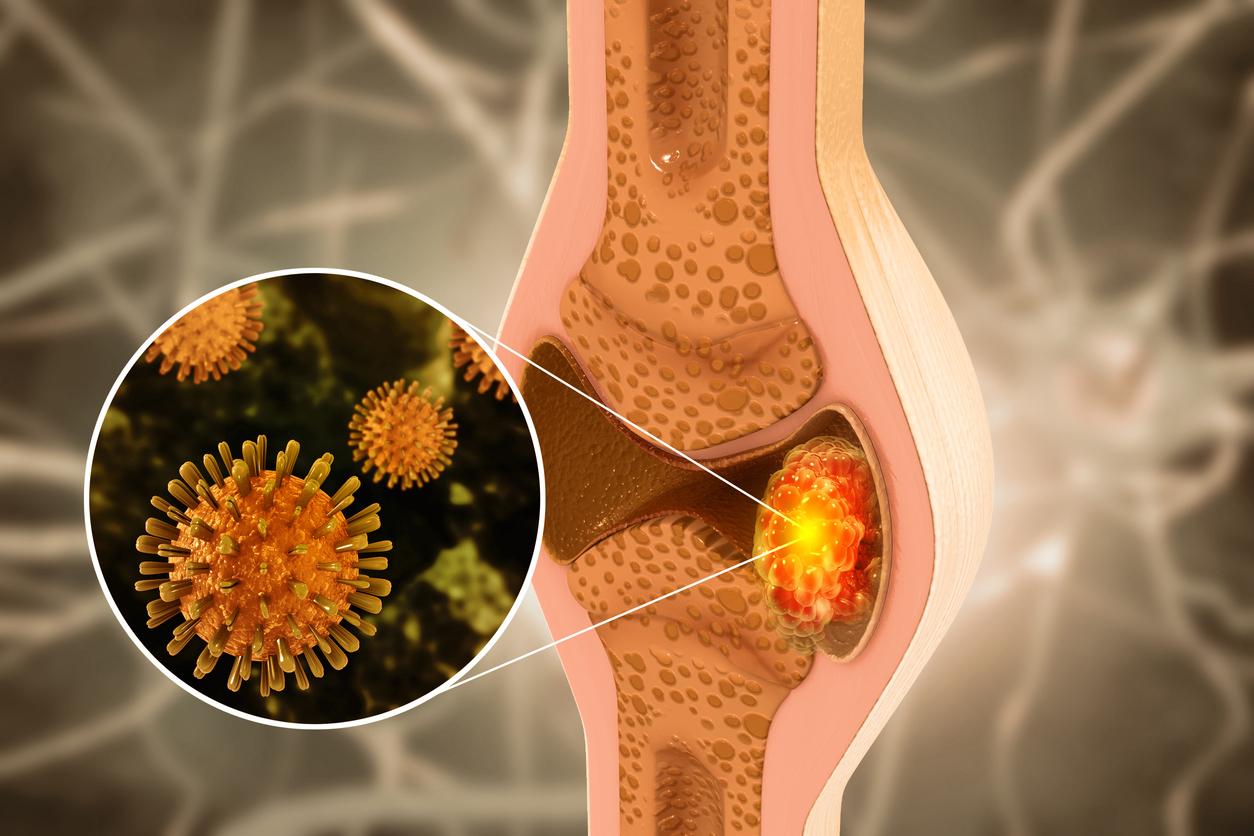People with cholesterol have symptoms in their eyes, including white and yellow bumps near the eyelids or a blue, white, or light gray ring around the colored part of the iris.

- Symptoms of cholesterol are visible in the eyes.
- This is the formation of white and yellow bumps called xanthelasma deposits.
- The formation of a blue, white or light gray ring around the iris can also be a sign of cholesterol.
Pres than 20% of the adult population has a hypercholesterolemia, i.e. an excess of cholesterol in the blood, according to French Federation of Cardiology. To detect it, it is necessary to take a blood test on an empty stomach. From the age of 50, the routine cholesterol testing is performed every five years for women and every three years for men. But this is not the only way to see if you have this disease.
Visible symptoms in the eyes
“If you have white or yellow bumps near your eyelids or nose, it could be a sign of high cholesterolexplains Dr. Rachel to the Mirror. These are called xanthelasma deposits and may indicate that you have high cholesterol.” No treatment is necessary for these white or yellow plaques, depending on the MSD Manual. But, for aesthetic reasons, some patients have them removed.
Cholesterol can also be read in another way in the eyes. Indeed, the formation of a blue, white or light gray ring around the colored part of the eye, the iris, can be a sign that you suffer from the disease. This phenomenon is called arcus senilis. When he “occurs in older people, it is not related to high cholesterol, can we read on the website of the Mayo Clinic. However, the formation of an arc or ring around the iris in younger people is sometimes a sign of severe cases of high cholesterol.”

Good and bad cholesterol
Cholesterol is an essential lipid in the body. It circulates freely in the blood and two proteins are responsible for transporting it in the body: high density lipoproteins (HDL), which correspond to the good cholesterol, and low density lipoproteins (LDL), for the bad cholesterol. HDL prevents the formation of plaques on the walls of the arteries and brings the excess cholesterol accumulated in the organs to the liver to be eliminated. On the other hand, LDLs distribute the excess cholesterol to the various organs, which promotes lipid deposits on the walls of the arteries and therefore the appearance of plaques.
To limit the level of bad cholesterol in the blood, it is important to pay attention to your diet. A few tips should be followed: reduce the consumption of cold meats, cheeses, butter, cake, cakes, etc.
















